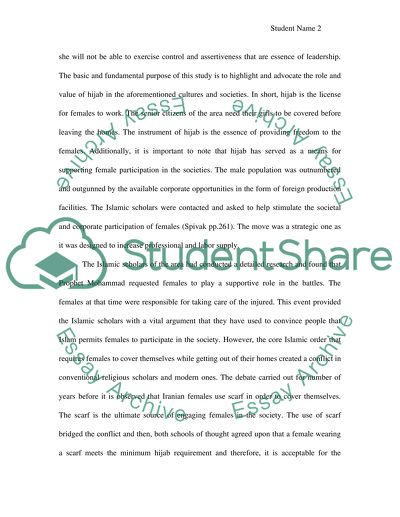Cite this document
(Cultural Realities of South Asian Muslim Societies Coursework, n.d.)
Cultural Realities of South Asian Muslim Societies Coursework. https://studentshare.org/culture/1489600-cultural-artifact
Cultural Realities of South Asian Muslim Societies Coursework. https://studentshare.org/culture/1489600-cultural-artifact
(Cultural Realities of South Asian Muslim Societies Coursework)
Cultural Realities of South Asian Muslim Societies Coursework. https://studentshare.org/culture/1489600-cultural-artifact.
Cultural Realities of South Asian Muslim Societies Coursework. https://studentshare.org/culture/1489600-cultural-artifact.
“Cultural Realities of South Asian Muslim Societies Coursework”. https://studentshare.org/culture/1489600-cultural-artifact.


